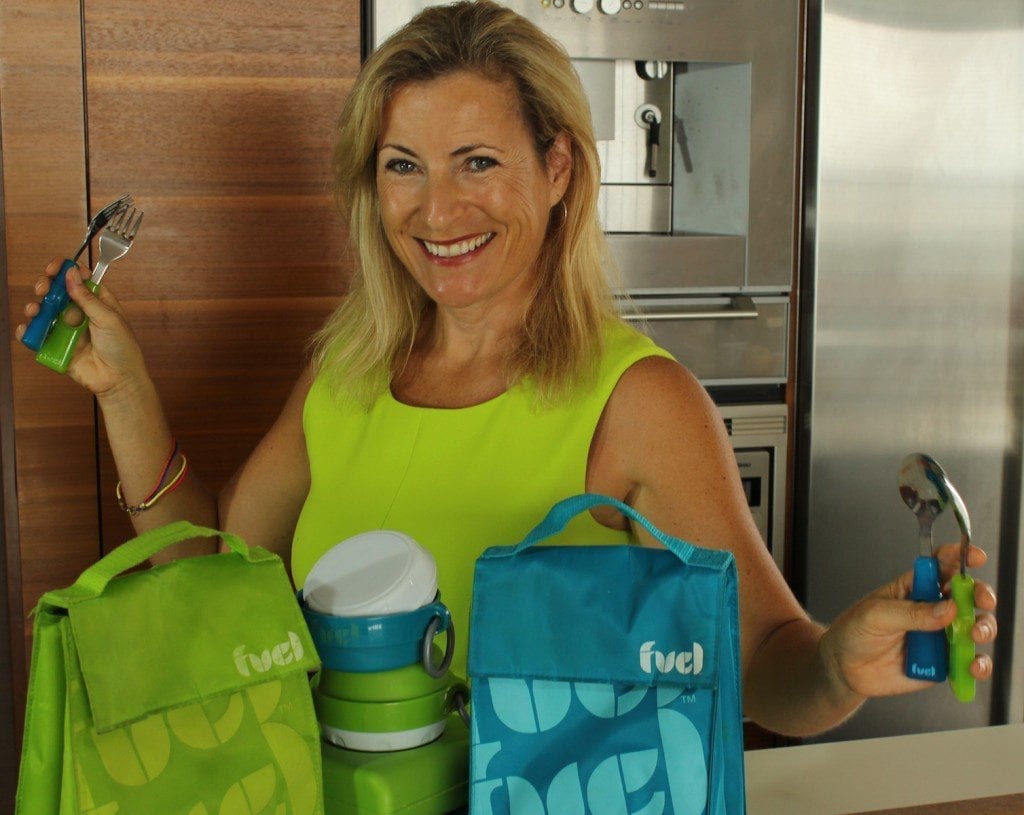“Healthy Eating Is Expensive” Myth: Busted!
 Contributed by
Liza Rowan
May 31, 2018
Contributed by
Liza Rowan
May 31, 2018

In my mission to motivate people to eat a more healthy diet, I often hear, “but healthy eating is so expensive.”
Let me share with you some food for thought: I believe this to be untrue.
There are so many ways to get healthier, while actually saving money and reducing food waste–which is shameful considering over 800 million people on our planet are suffering from malnutrition, along with the huge negative impact of food-related waste on our environment. Here are ways how to cook and do healthy eating without breaking the bank.
 1. Cook for a family.
1. Cook for a family.
Yes, even if you’re single. It’s as easy to boil six eggs as it is to boil one; or to bake four chicken breasts and salmon fillets as it is one. Refrigerate the extras to throw into a sandwich, wrap, salad, stir-fry, soup, or curry for dinner during the week. This planning ahead saves splurging out daily on lunches and dinners.
2. Bake by the dozens.
Rather than just a bakers dozen. Batch-freeze muffins, granola bars, cookies, healthy cakes, and breads to ‘grab and go’ as healthy snacks. Slice cakes and bread loaves prior to freezing so you don’t need to thaw the whole thing.
This may require investing in a small freezer, but considering the cost of buying these items every single day, it’s a well worthwhile investment, along with the investment in your better health.
3. Go meatless beyond Mondays.
Quality meats, poultry. and fish are expensive, and we often don’t know how these sources have been treated, or the environment in which they were nurtured. Legumes (beans and lentils) are cheap, easy to cook, versatile, and a great source of nutrients. They contain protein, fiber (which is lacking in animal sources), vitamins B, iron, and other vitamins and minerals.
4. Freeze bananas, mangoes and other fruits.
Before they get too ripe, or if you won’t be able to consume them right away. Then, they will be ready for you to simply take out, and use to sweeten natural yogurt, add to smoothies, baked foods, and desserts.
5. Make your own.
Popcorn, smoothies, coffees. And more ambitiously–breads, nut butters, nut milks. It sounds like hard work but once you’ve done it, you’ll appreciate how easy it is. A bigger plus–you control the amount of sugar, salt, and flavours you add to your food, and your efforts will be additive free!
6. Enjoy a romantic night in.
Or a pot-luck night at home with friends, rather than routinely hitting another mediocre expensive restaurant. If you’re missing the buzz of a social gathering, watch a comedy, play a fun board game, or just hit the bedroom a little earlier. 😉 (I’m thinking more for the romantic night in, rather than the pot luck with friends; but hey, whatever tickles your fancy.)
So there you have it! Perhaps tackle one or two items before moving on to the next. Rome wasn’t built in a day, and every step you make is progress towards your long-term health.
I assure you, getting healthy does not need to be expensive and cumbersome, as you will learn, with a few small changes to your daily routine. Before you know it, healthy eating will be a natural part of your everyday life. I look forward to meeting you again in Part II.










Sorry, the comment form is closed at this time.